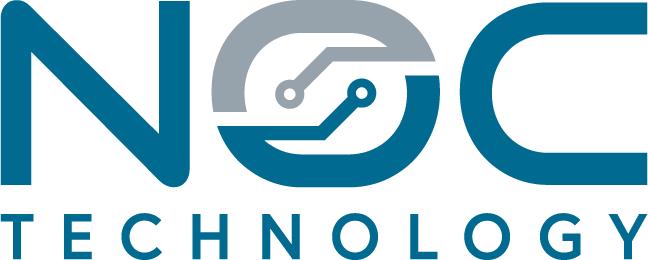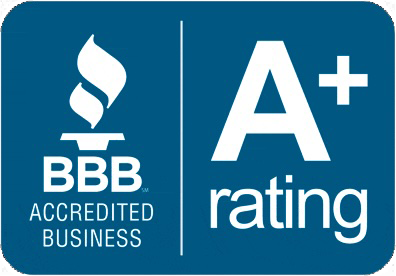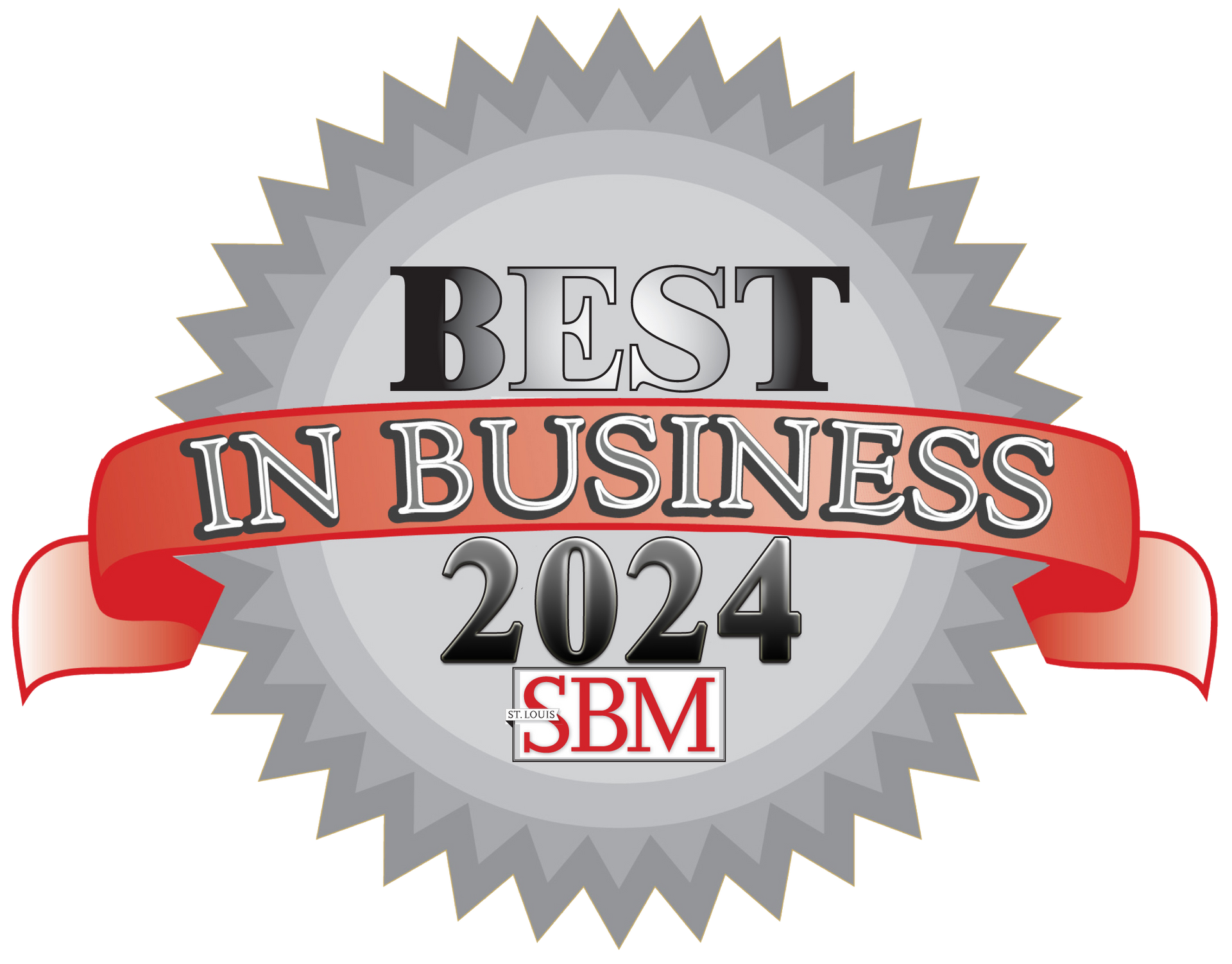The NOCout Report 001: Cybersecurity
by Jon Lober | NOC Technology
Jon dishes up our 12 best tips to keep your data safe.
This week’s Noc Out Report is a flyby description of the basic elements of IT security for your business. In tree minutes, Jon covers a 12-course meal of savory IT security tips. These top twelve security methods work together to provide robust protection against cybercriminals. Follow along to make sure that you are implementing all of them to keep your business safe at all angles.
- Antivirus Software: Use advanced antivirus software to keep desktop computers, laptops, servers, and other devices protected from malware.
- Email security: Good email security software works as a personal digital bouncer to keep shady emails out of your inbox.
- Web security: Implement software that will stop you navigating to dangerous sites.
- Password: Follow some of our recommendations to keep your data safe.
- Two-factor Authentication (2FA): Also known as multi-factor authentication (MFA), this simple software sends you a push, notification, text, or email to make sure it is really you signing into that account. This is one of the easiest and most effective ways to keep your business safe.
- Physical security: Often overlooked in digital security, make sure that you keep your important tech safely stored behind secure, locked doors.
- Permissions: Be selective about who has access to secure portions of your network. Keep permissions up to date as your staff turns over.
- Centralize Your Data: Whether in the cloud or private server, make sure you keep it all in a secure location.
- Encryption: This basic step can make sure that you, and only you, can use any information that you store on your network.
- Keep your tech updated: Updates provide critical patches to security vulnerabilities. Always take a few minutes to update your devices and software.
- Staff Training: As new social engineering technique and sneaky technologies emerge, you need to keep you staff informed of how to spot and report suspicious activity.
- Backups: Use this digital time machine to travel back to any point in your data’s history and recover what may have been lost.




